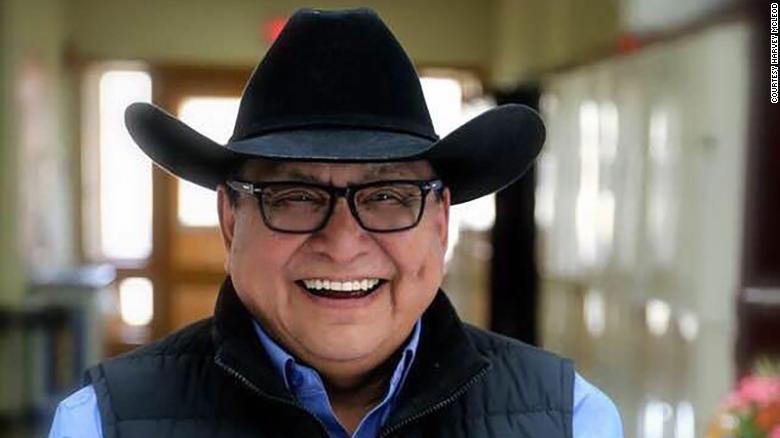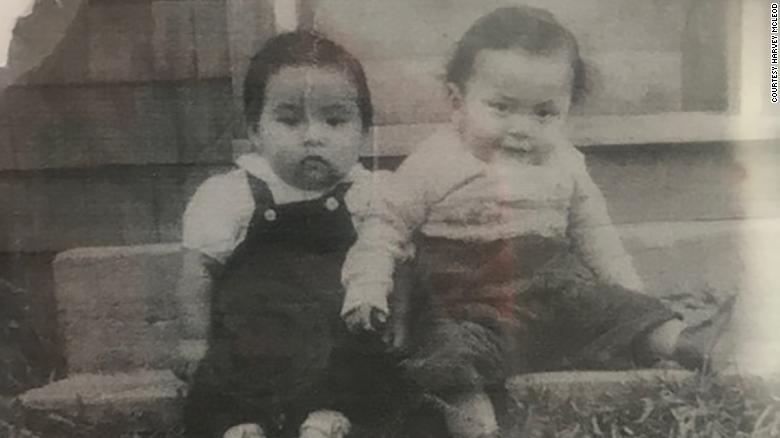Remains of 215 children found at former indigenous school site in Canada
, Source - https://www.reuters.com/world/...e-canada-2021-05-28/
/cloudfront-us-east-2.images.arcpublishing.com/reuters/R3VNYCJ7BJO4NF5RWOWQB6KUKU.jpg) The main administrative building at the Kamloops Indian Residential School is seen in Kamloops, British Columbia, Canada circa 1970. Library and Archives Canada/Handout via REUTERS
The main administrative building at the Kamloops Indian Residential School is seen in Kamloops, British Columbia, Canada circa 1970. Library and Archives Canada/Handout via REUTERS
The remains of 215 children, some as young as three years old, were found at the site of a former residential school for indigenous children, a discovery Canadian Prime Minister Justin Trudeau described as heartbreaking on Friday.
The children were students at the Kamloops Indian Residential School in British Columbia that closed in 1978, according to the Tk'emlúps te Secwépemc Nation, which said the remains were found with the help of a ground penetrating radar specialist.
"We had a knowing in our community that we were able to verify," Tk'emlúps te Secwépemc Chief Rosanne Casimir said in a statement. "At this time, we have more questions than answers."
Canada's residential school system, which forcibly separated indigenous children from their families, constituted "cultural genocide," a six-year investigation into the now-defunct system found in 2015.
The report documented horrific physical abuse, rape, malnutrition and other atrocities suffered by many of the 150,000 children who attended the schools, typically run by Christian churches on behalf of Ottawa from the 1840s to the 1990s.
It found more than 4,100 children died while attending residential school. The deaths of the 215 children buried in the grounds of what was once Canada's largest residential school are believed to not have been included in that figure and appear to have been undocumented until the discovery.
Trudeau wrote in a tweet that the news "breaks my heart - it is a painful reminder of that dark and shameful chapter of our country's history."
In 2008, the Canadian government formally apologized for the system.
The Tk'emlúps te Secwépemc Nation said it was engaging with the coroner and reaching out to the home communities whose children attended the school. They expect to have preliminary findings by mid-June.
In a statement, British Columbia Assembly of First Nations Regional Chief Terry Teegee called finding such grave sites "urgent work" that "refreshes the grief and loss for all First Nations in British Columbia."
/cloudfront-us-east-2.images.arcpublishing.com/reuters/N333G4HYCFMTJG4IFJF5JMPDIA.jpg) A new classroom building at the Kamloops Indian Residential School is seen in Kamloops, British Columbia, Canada circa 1950. Library and Archives Canada/Handout via REUTERS
A new classroom building at the Kamloops Indian Residential School is seen in Kamloops, British Columbia, Canada circa 1950. Library and Archives Canada/Handout via REUTERS

 Historical photo of the Kamloops Indian Residential School, once the largest facility in the Canadian Indian Residential School system. Already known to have been the site of 51 student deaths, recent radar surveys have found evidence of 215 unmarked graves.
Historical photo of the Kamloops Indian Residential School, once the largest facility in the Canadian Indian Residential School system. Already known to have been the site of 51 student deaths, recent radar surveys have found evidence of 215 unmarked graves.






 The Peace Tower flag in Ottawa and flags at all other federal buildings across the country will soon fly at half-mast, following the discovery of 215 victims of residential schools in Kamloops, B.C. (Adrian Wyld/The Canadian Press)
The Peace Tower flag in Ottawa and flags at all other federal buildings across the country will soon fly at half-mast, following the discovery of 215 victims of residential schools in Kamloops, B.C. (Adrian Wyld/The Canadian Press)


/cloudfront-us-east-1.images.arcpublishing.com/tgam/SABE4Y3E4BOHRN7GWR2BJA4CEE.jpg) Kukpi7 (Chief) Rosanne Casimir stands outside the former Kamloops Indian Residential School after speaking to reporters on Friday, June 4, 2021.
Kukpi7 (Chief) Rosanne Casimir stands outside the former Kamloops Indian Residential School after speaking to reporters on Friday, June 4, 2021.